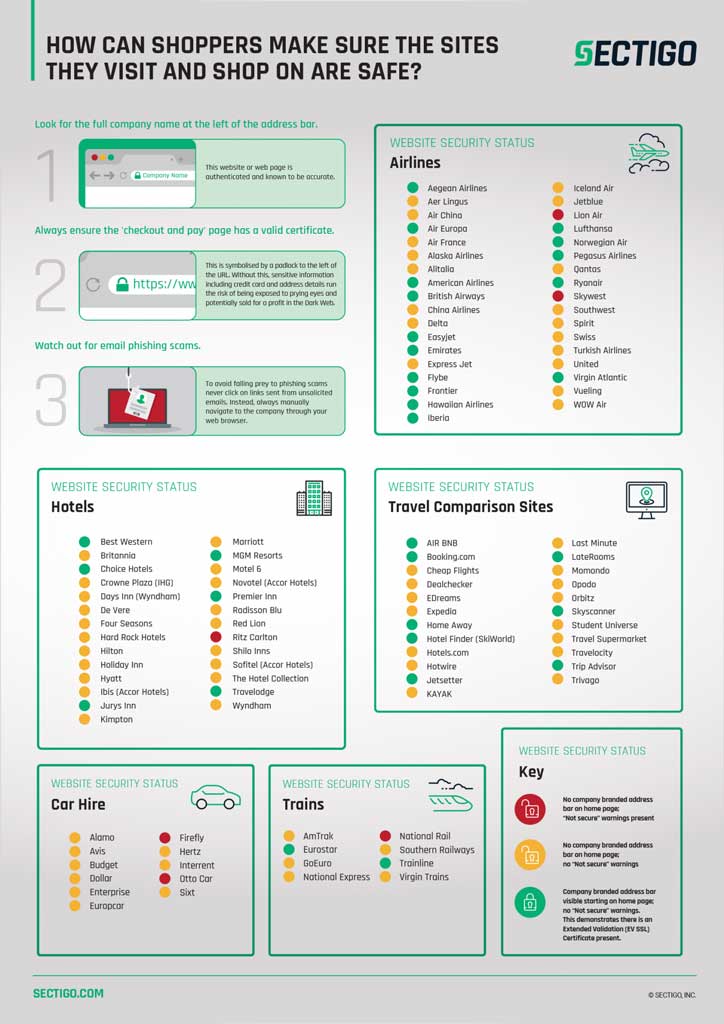Automation reduces the risk of phishing attacks
https://cybersecureforum.co.uk/wp-content/uploads/2019/03/Every-cloud.jpg 960 640 Stuart O'Brien Stuart O'Brien https://secure.gravatar.com/avatar/81af0597d5c9bfe2231f1397b411745a?s=96&d=mm&r=gIt’s hard to overestimate how fundamental email has become to initiating cyberattacks. While there are numerous ways for attackers to target organisations, email is nearly always the common denominator.
Email phishing attack detection, analysis and rapid response is one of the biggest challenges email admins and security teams face today.
Did you know?
- Phishing represents 98% of social incidents and 93% of breaches.
- Email continues to be the most common vector for cyber attacks (96%).
Download our latest Whitepaper in Partnership with Ironscales: Office 365 is not built to defend against modern real world email threats
Learn why organisations that rely on cloud email services must budget for advanced phishing prevention, detection and response.
https://discover.everycloud.co.uk/automation-reduces-the-risk-of-phishing-attacks
For more information, contact:
Paul Richards, Director, EveryCloud
Mob: +44 7450 100 500 | DDI: 0203 904 3182 | Tel: 0800 470 1820










